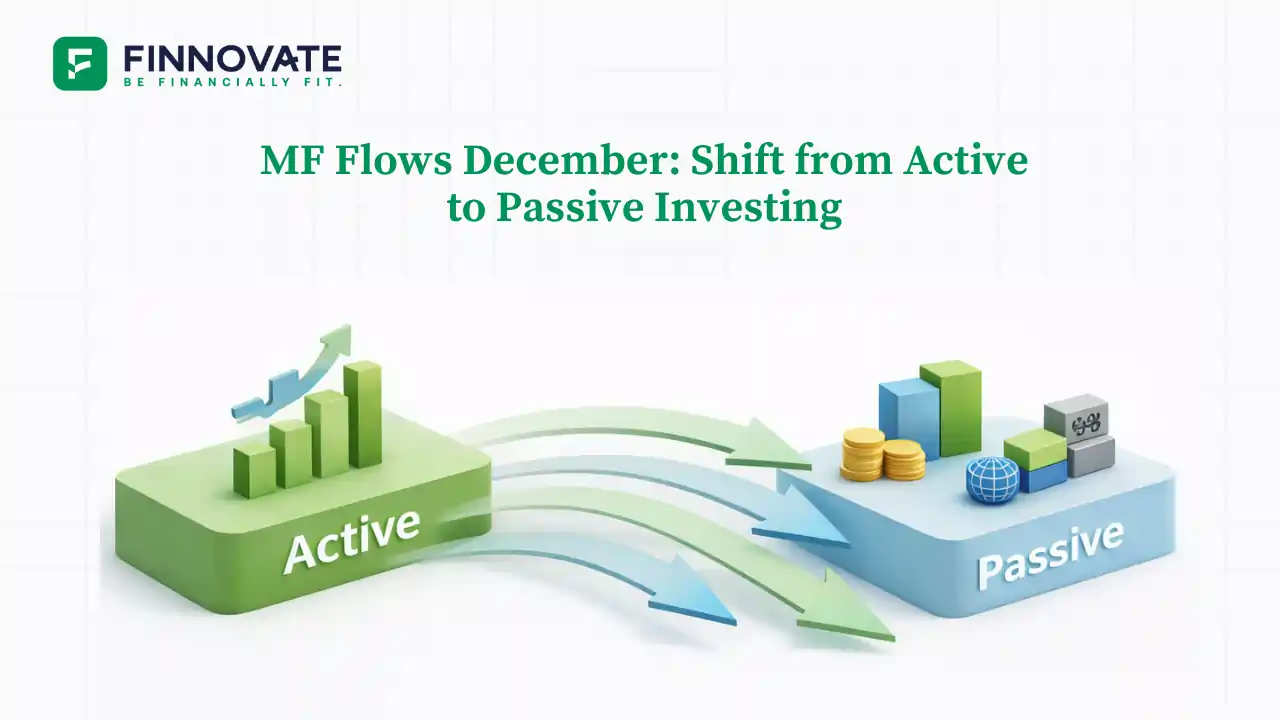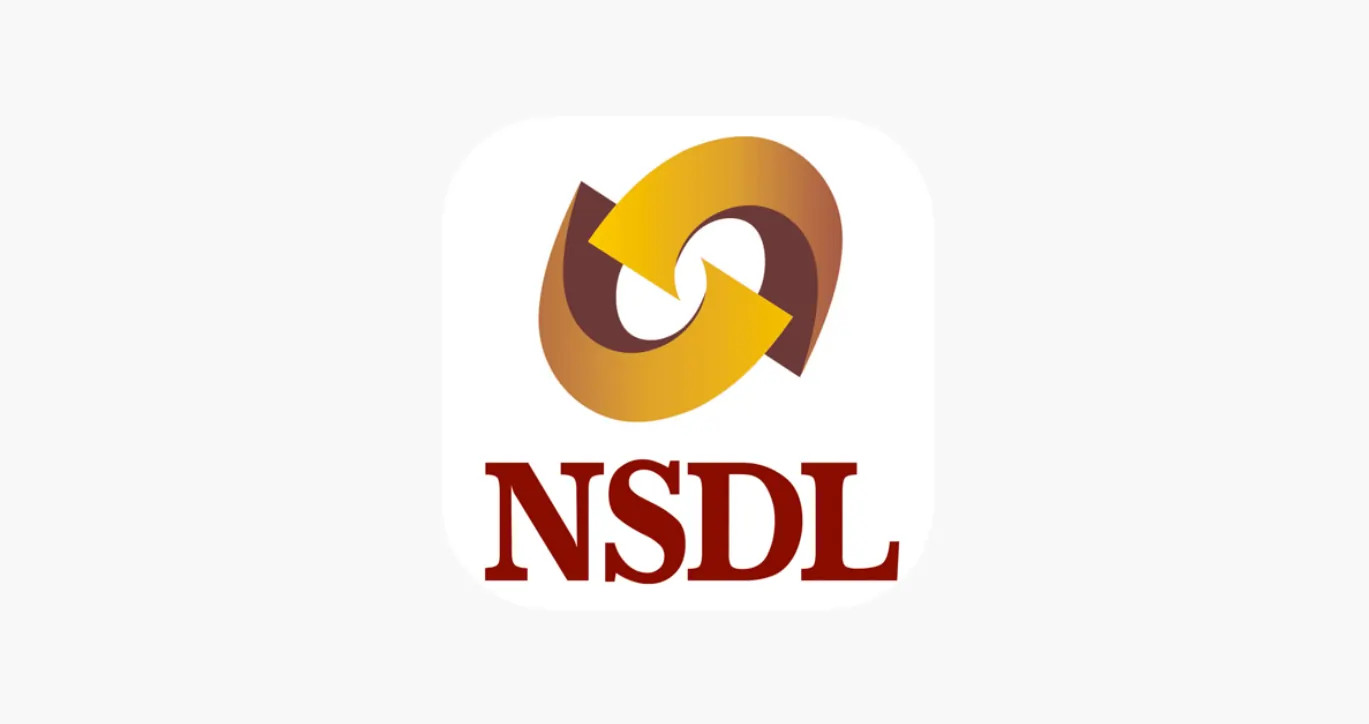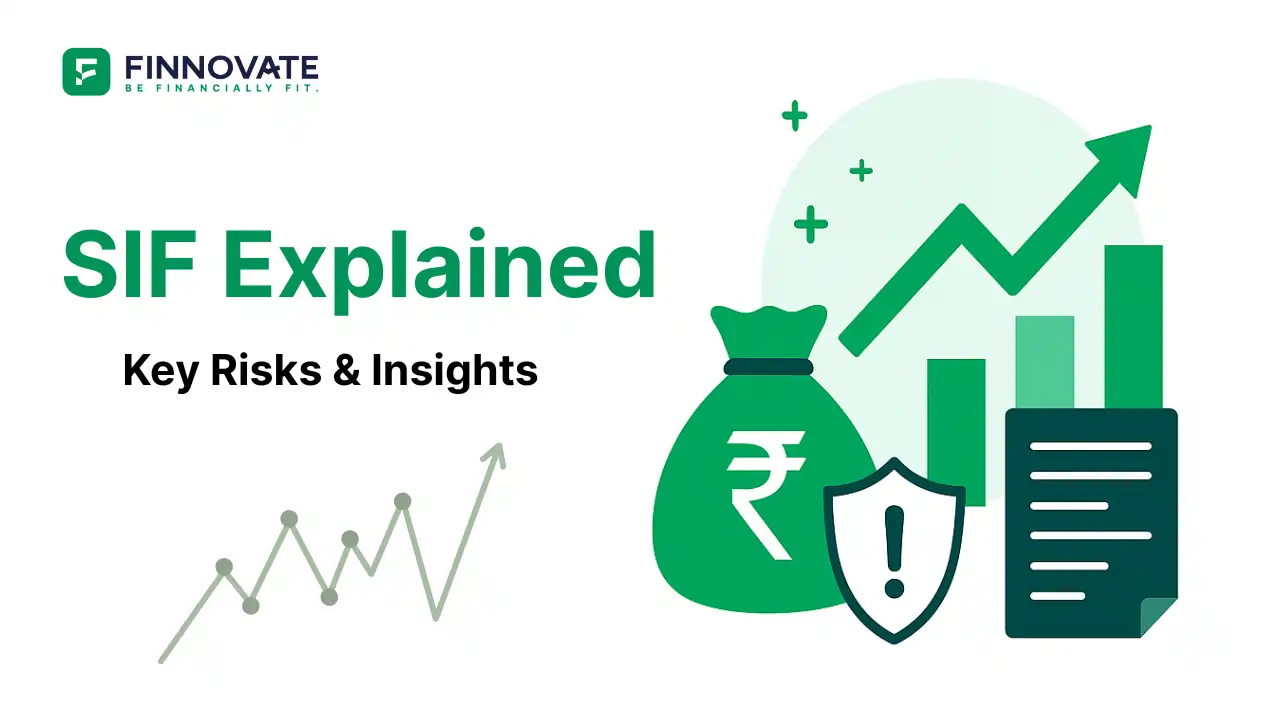
MF Flows December: Shift from Active to Passive Investing
December mutual fund flow data shows passive funds nearly matching active equity inflows, ...
What
has SEBI actually said?
SEBI has been quite categorical that it does not want the mutual funds to put extra execution charges on MF investors but this should be managed in-house. So, either the broker can get execution done in-house like any prop desk, or it can absorb the cost inside the TER or total expense ratio within the maximum limit permissible. SEBI would prefer if mutual funds do their own execution or even float a broking unit. Alternatively, they can get execution done outside, but cost can be adjusted within TER.
Two birds with one stone
In fact, SEBI is trying to hit two birds with one stone here. Firstly, there has been an earnest attempt by SEBI over the last two years to reduce the cost of mutual funds and absorb as much as possible within the TER. That would not force investors to look at lower cost passive index funds to save on the cost. The other reasoning is subtle. After the Axis MF fiasco, SEBI is concerned about mutual funds farming out orders to the brokers as it is a recipe for front running and is very hard to monitor or regulate. This would serve both the purposes.
SEBI
surely has a point
In a sense, SEBI is right on both counts. Let us look at the cost aspect. SEBI has prescribed maximum TER for all mutual fund categories, but there are lot of costs outside that. STT on management fees is outside this TER, incentives for promoting MFs in small towns is outside TER and even brokerage paid for the execution is outside the purview. In the final analysis, the cost to the investor is much more than the TER indicates and SEBI is of the view that the TER should be made as transparent and as inclusive as possible. Even on the front running side, SEBI is right that farming orders gives inordinate power and clout to dealers; and we saw the result at Axis.
Is it really practical?
Including brokerage costs as part of the TER may need broker buy-in, but that may not be the difficult part. Investors still have the choice of going to passive fund to reduce costs. The bigger issue is asking mutual funds to set up or use their own broking outfits. Most of the large funds already have their own stock broking outfits. Today, volumes are typically distributed across brokers on the basis of service quality, stock ideas and corporate access provided. What SEBI suggests will force MFs to trade entirely through their in-house outfits. Apart from the cost aspect, the bigger challenge is that the fund loses out on the essence of market intelligence.
Popular now

Learn how to easily download your NSDL CAS Statement in PDF format with our step-by-step g...

Explore what Specialised Investment Funds (SIFs) are, their benefits, taxation, minimum in...

Learn How to Download Your CDSL CAS Statement with our step-by-step guide. Easy instructio...

Looking for the best financial freedom books? Here’s a handpicked 2026 reading list with...